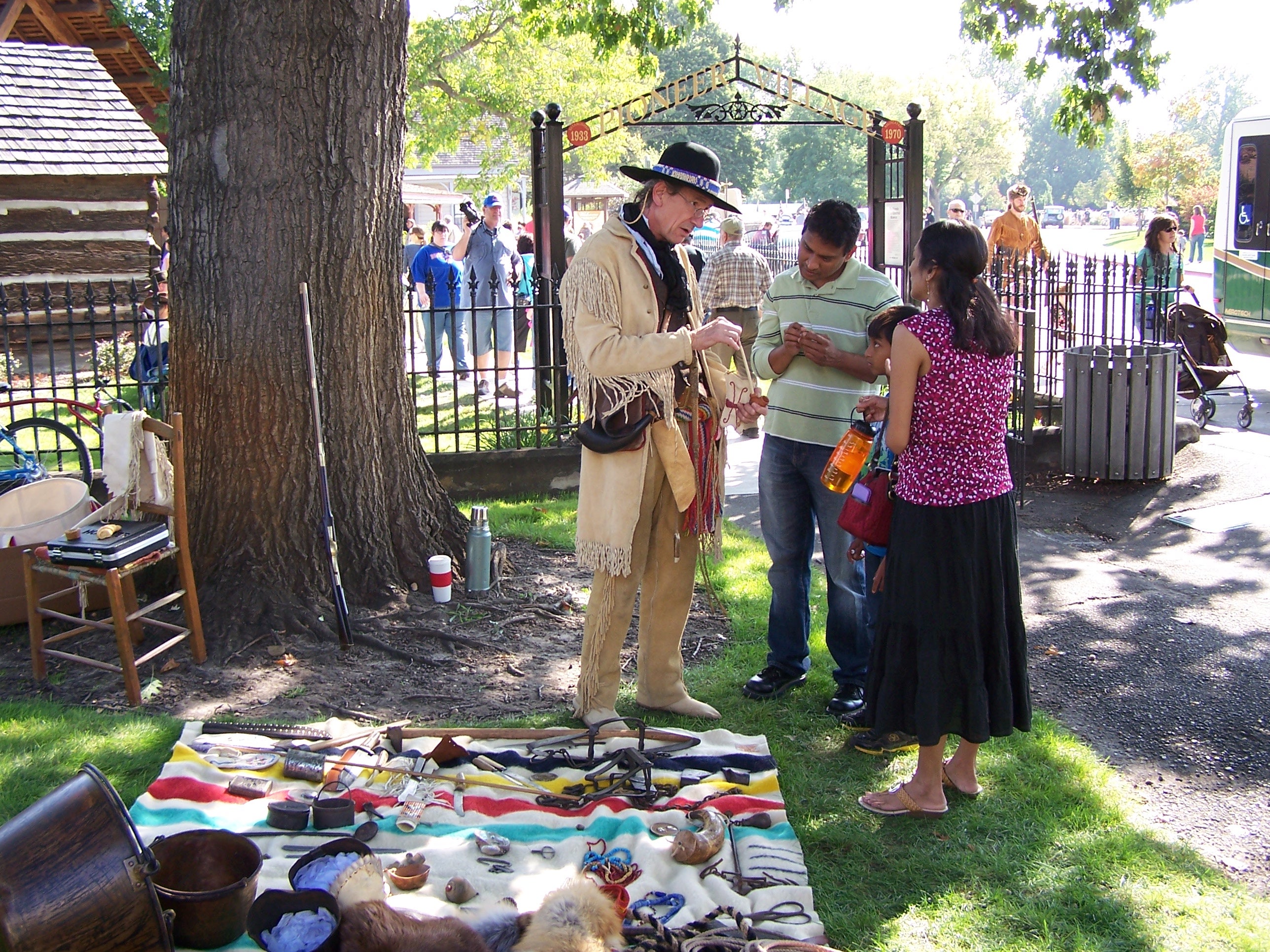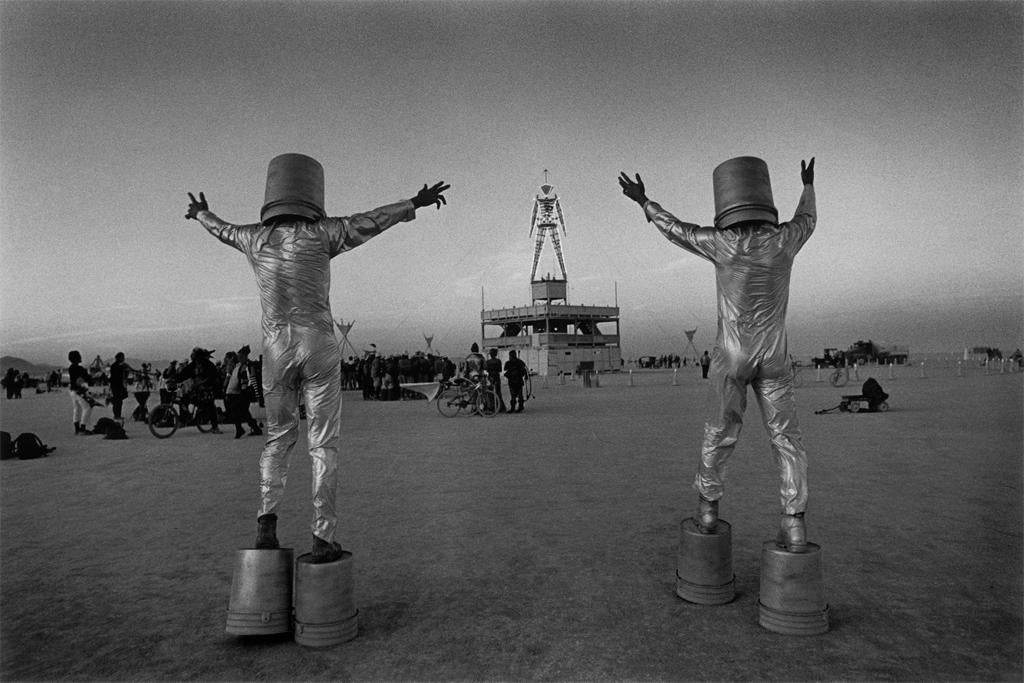Below you will find a list of faculty members with information about current publications and projects.
Katherine Huntley
Katherine Huntley is an assistant professor in Ancient and Medieval History. Here is her Facebook page so you can see what she and her crew of students and archaeologists are up to: http://www.facebook.com/PompeiiPostExcavationProject Twitter is http://www.twitter.com/PPexP1. The Facebook page has great content, and the Twitter and website will be populated as they have computer time to add content. Dr. Huntley’s project is funded by the College of SSPA, the History Department and the Arts and Humanities Institute.
Nick Miller
Nick Miller, history professor and Director of Boise State’s Arts and Humanities Institute, has been granted a prestigious Challenge Grant from the National Endowment for the Humanities. The two million dollar grant will aid Boise State University in the creation of the first Digital Humanities program in Idaho. Members of his grant writing team included Dr. Leslie Madsen-Brooks (History Department), Dr. Steve Olsen-Smith (English Department), and Dr. Tara Penry (English Department). The Digital Humanities program will strengthen and promote the humanities in Idaho and beyond. Congratulations to Dr. Miller and the AHI team.
Learn more about the Digital Humanities program.
Lisa McClain
Lisa McClain has written two book chapters; Elizabeth Cary and Intersections of Catholicism and Gender in Early Modern England,” chapter in the book, Women during the English Reformations: Renegotiating Gender and Religious Identity. eds. Julie Chappell. And, Kaley A. Kramer. Forthcoming in November 2014 by Palgrave MacMillan.
In addition, she refereed several journal articles; Forthcoming “On a Mission: Priests, Jesuits, and ‘Jesuitresses’ and English Catholic Missionary Efforts in Tudor-Stuart England,” accepted for publication by the Catholic Historical Review.
She also gave a talk On October 9, 2014, on Leonardo da Vinci as part of the Discovery Center’s and the BSU Arts and Humanities Institute’s traveling exhibition on Leonardo da Vinci. Co-presenter with Dr. Don Winiecki of the College of Engineering.
Emily Wakild
Emily Wakild recently published an essay, “Acts of Culture, Acts of Courage: The Wilderness Act and Latin America” in the journal for Environmental History (edited by History Professor, Lisa Brady). The essay was part of a reflections forum in honor of the 50th Anniversary of the US Wilderness Act. You can read it for free here:https://academic.oup.com/envhis/article-abstract/19/4/728/545449?redirectedFrom=fulltext
Dr. Wakild also contributed an essay to “Crossing Mountains: The Challenges of Doing Environmental History” as part of the Perspectives series by Rachel Carson Center. Her piece, “The Challenge of Scale in Environmental History: A Small Meditation on Large Matter”can be read for free here: http://www.environmentandsociety.org/perspectives/2014/4/article/challenge-scale-environmental-history-small-meditation-large-matter
For the past two years Emily Wakild has been working on a National Science Foundation, Science, Technology and Society Scholars Award for her project, “Comparative Histories of Scientific Conservation: Nature, Science, and Society in Patagonian and Amazonian South America.” This grant of nearly $200,000 allows professor Wakild a year of research and writing time for this project as well as provide funds for undergraduate research assistants and the development of a teaching website for the project. Her work in the archives in Chile and Brazil will be added to work she has previously done in Peru and Argentina. The project aims to enter the history of conservation in South America into contemporary debates about land management and nature protection.
Dr. Wakild won the 2012 Charles A. Weyerhauser Book Award, given for superior scholarship in forest and conservation history, as well as the Alfred B. Thomas Award and the Elinor Melville Award for her book “Revolutionary Parks: Conservation, Social Justice, and Mexico’s National Parks, 1910-1940,” (University of Arizona Press, 2011). The book shows how the creation of the Mexican national park system comprised both conservation and social justice, showing a revolutionary evolution in nation building.
Lisa Brady
Lisa M. Brady’s chapter, “Valuing the Wounds of War: Korea’s DMZ as Nature Preserve,” was recently published by Springer Nature in the book Collateral Values: The Natural Capital Created by Landscapes of War, edited by Peter Smallwood and Todd Lookingbill. The volume “explores the unanticipated benefits that may arise after wars and conflicts, showing how the preservation of battlefields and the establishment of borderlands can create natural capital in the former landscapes of war.” The contributions are global in scope, with chapters on the Cordillera del Condor between Ecuador and Peru, the Iron Curtain, France, England, the United States, Afghanistan, and Guantánamo. Brady’s chapter explores the past and future of Korea’s Demilitarized Zone, which is part of her larger research project on the environmental history of the Korean War.Collateral Values
Lisa Brady has been named the editor of the Oxford University Press Journal of Environmental History, a prestigious journal in this area of research. Brady has been a strong contributor with research on the DMZ in Korea and was invited to speak earlier this year at the World Knowledge Forum Conference in Seoul, Korea about the history and future of the Korean Demilitarized Zone (DMZ) and its ecological importance.
Brady’s recent book, War Upon the Land: Military Strategy and the Transformation of Southern Landscapes during the American Civil War, is the first book-length environmental history of the conflict between the North and the South. Brady argues that ideas about nature and the environment were central to the development and success of Union military strategy.
Joanne Klein
Joanne Klein authored “Quiet and Determined Servants and Guardians: Creating Ideal English Police Officers, 1900-45,” in A History of Police and Masculinities, 1700-2010, David G. Barrie and Susan Broomhall, editors (Routledge, December 2011). Dr. Klein authored Invisible Men: the Secret Lives of Police Constables in Liverpool, Manchester, and Birmingham, 1900-1939 (Liverpool University Press, July 2010).
Jill Gill
Jill Gill authored Embattled Ecumenism: The National Council of Churches, the Vietnam War, and the Trials of the Protestant Left, Northern Illinois University Press, September 2011. This year, Gill went on a fellowship and sabbatical to conduct research on the Jim Crow Laws in Idaho. Gill is traveling around the state conducting interviews on the subject for a forthcoming book on the impact of the laws in Idaho.
Barton Barbour

Barton Barbour would like to announce corrections to his book Jedediah S. Smith: No Ordinary Mountain Man and Fort Union and the Missouri Fur Trade. Click Jedediah Smith and Fort Union for a complete list of corrections.
Todd Shallat

Mythic thinking about technology as an engine of progress has shaped the ways Americans have come to perceive the boundaries of vacant space. Professor Shallat’s recent writings explore perceptions of national progress in the nation’s starkest landscapes. Shallat’s “Machines in Desolation: Images of Technology in the Great Basin of the American West” appears in Historical Geography 41 (2013). “Framing the Empty,” a companion essay, is the forthcoming from the University of Nevada Press in an anthology class called Cities, Sagebrush, and Solitude (2014). Las Vegas muralist Robert Beckmann is featured in Shallat’s Blue Review essay called “Framing Doomsday”.
The American Public Works Association has collected four of Shallat’s essays on the Mississippi River for its Essays in Public Works historical monograph series. Shallat, in 2013, also contributed a research chapter to an edited art book on Japanese American internment, called Surviving Minidoka.
“Landscape Infrastructure” was the subject of Todd Shallat’s 2012 symposium presentation to the Harvard Graduate School of Design. The presentation has been excerpted for a book chapter in American Military History (Philadelphia: Foreign Policy Research Institute, 2012).
Lynn Lubamersky
Lynn Lubamersky presented her research on “The Mythic Marie Curie: The Making and Re-making of the Image of the Most Famous Female Scientist in History” at the fourth international Polish Studies Conference at the University of Illinois at Chicago on Oct. 16, 2012. The scholars from around the world were invited to present their research in an intimate venue at the Chopin Theater on Division Street and Milwaukee Avenue.
Her research on Marie Curie and Maria Salomea Skłodowska is part of the “Off the Record: Untold Stories of Women in Science and Technology” project, a monologue-based play written by an interdisciplinary team at Boise State University. The conference was sponsored by the Hejna Family Chair in the History of Poland and the Consul General of the Republic of Poland.
David Walker
David Walker was invited to participate in ”The Long Shadows: An Environmental History of the Second World War” conference in Helsinki, Finland. While there he visited the tomb of C.G.E. Mannerheim, the commander-in-chief of Finnish forces during WWII and president of Finland from 1944-1946. From there he took the opportunity to visit the Jeonsuu Bunker Museum in the eastern part of Finland. The outdoor museum has preserved part of the Salpa Line, Finland’s defensive position against Soviet invasion during the Continuation War (1942-1944), and includes an intact bunker (Dr. Walker is shown here inside part of that structure), artillery positions, and a portion of the anti-tank line constructed early in the conflict.